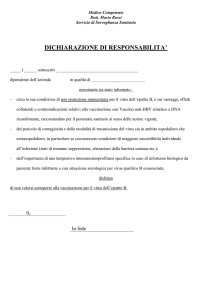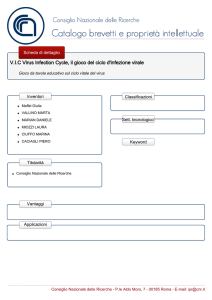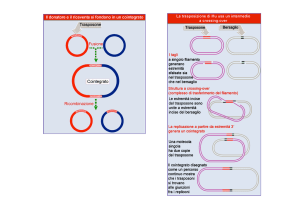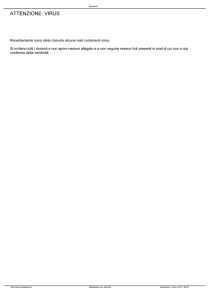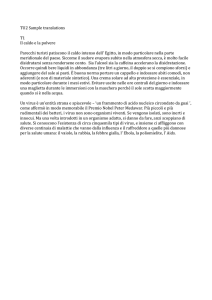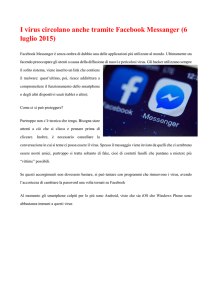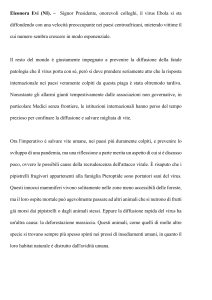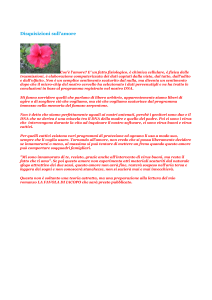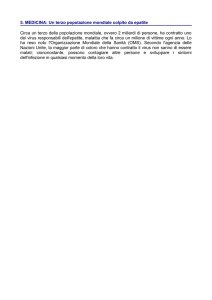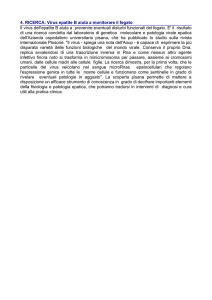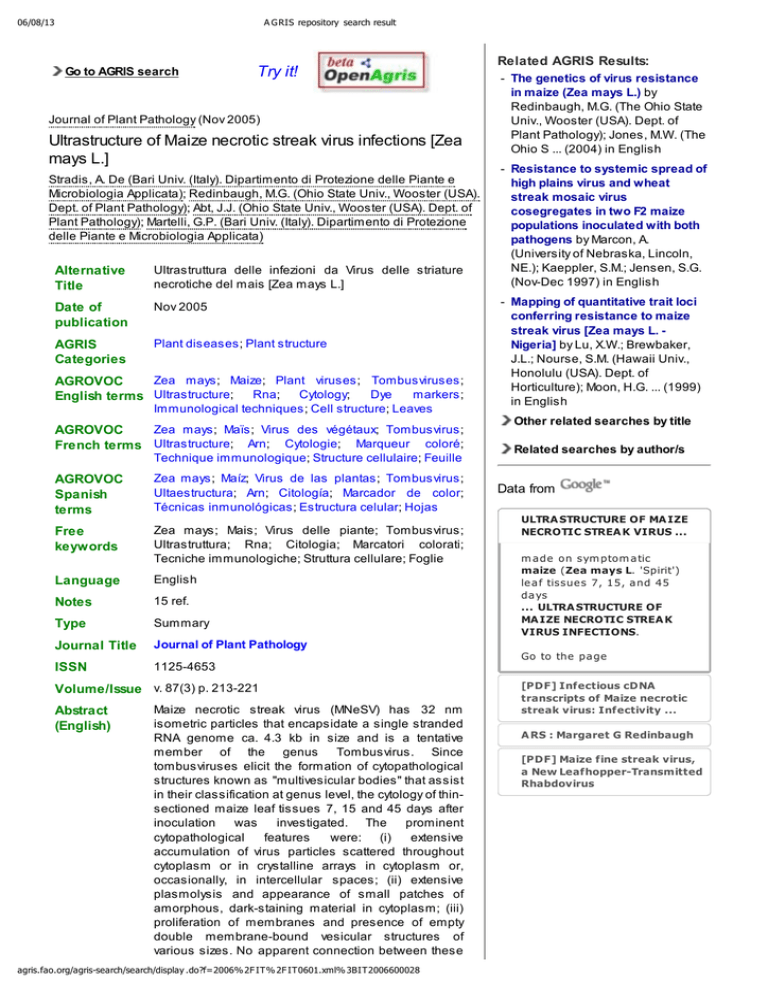
06/08/13
A G RIS repository search result
Go to AGRIS search
Try it!
Journal of Plant Pathology (Nov 2005)
Ultrastructure of Maize necrotic streak virus infections [Zea
mays L.]
Stradis, A. De (Bari Univ. (Italy). Dipartimento di Protezione delle Piante e
Microbiologia Applicata); Redinbaugh, M.G. (Ohio State Univ., Wooster (USA).
Dept. of Plant Pathology); Abt, J.J. (Ohio State Univ., Wooster (USA). Dept. of
Plant Pathology); Martelli, G.P. (Bari Univ. (Italy). Dipartimento di Protezione
delle Piante e Microbiologia Applicata)
Alternative
Title
Ultrastruttura delle infezioni da Virus delle striature
necrotiche del mais [Zea mays L.]
Date of
publication
Nov 2005
AGRIS
Categories
Plant diseases; Plant structure
Zea mays; Maize; Plant viruses; Tombusviruses;
AGROVOC
Dye
markers;
English terms Ultrastructure; Rna; Cytology;
Immunological techniques; Cell structure; Leaves
Zea mays; Maïs; Virus des végétaux; Tombusvirus;
AGROVOC
French terms Ultrastructure; Arn; Cytologie; Marqueur coloré;
Technique immunologique; Structure cellulaire; Feuille
AGROVOC
Spanish
terms
Zea mays; Maíz; Virus de las plantas; Tombusvirus;
Ultaestructura; Arn; Citología; Marcador de color;
Técnicas inmunológicas; Estructura celular; Hojas
Free
keywords
Zea mays; Mais; Virus delle piante; Tombusvirus;
Ultrastruttura; Rna; Citologia; Marcatori colorati;
Tecniche immunologiche; Struttura cellulare; Foglie
Language
English
Notes
15 ref.
Type
Summary
Journal Title
Journal of Plant Pathology
ISSN
1125-4653
Volume/Issue v. 87(3) p. 213-221
Abstract
(English)
Maize necrotic streak virus (MNeSV) has 32 nm
isometric particles that encapsidate a single stranded
RNA genome ca. 4.3 kb in size and is a tentative
member of the genus
Tombusvirus. Since
tombusviruses elicit the formation of cytopathological
structures known as "multivesicular bodies" that assist
in their classification at genus level, the cytology of thinsectioned maize leaf tissues 7, 15 and 45 days after
inoculation
was
investigated. The
prominent
cytopathological
features
were: (i)
extensive
accumulation of virus particles scattered throughout
cytoplasm or in crystalline arrays in cytoplasm or,
occasionally, in intercellular spaces; (ii) extensive
plasmolysis and appearance of small patches of
amorphous, dark-staining material in cytoplasm; (iii)
proliferation of membranes and presence of empty
double membrane-bound vesicular structures of
various sizes. No apparent connection between these
agris.fao.org/agris-search/search/display .do?f=2006% 2F IT% 2F IT0601.xml% 3BIT2006600028
Related AGRIS Results:
- The genetics of virus resistance
in maize (Zea mays L.) by
Redinbaugh, M.G. (The Ohio State
Univ., Wooster (USA). Dept. of
Plant Pathology); Jones, M.W. (The
Ohio S ... (2004) in English
- Resistance to systemic spread of
high plains virus and wheat
streak mosaic virus
cosegregates in two F2 maize
populations inoculated with both
pathogens by Marcon, A.
(University of Nebraska, Lincoln,
NE.); Kaeppler, S.M.; Jensen, S.G.
(Nov-Dec 1997) in English
- Mapping of quantitative trait loci
conferring resistance to maize
streak virus [Zea mays L. Nigeria] by Lu, X.W.; Brewbaker,
J.L.; Nourse, S.M. (Hawaii Univ.,
Honolulu (USA). Dept. of
Horticulture); Moon, H.G. ... (1999)
in English
Other related searches by title
Related searches by author/s
Data from
ULTRA STRUCTURE OF MA IZE
NECROTIC STREA K VIRUS ...
m ade on sym ptom atic
maize (Zea mays L. 'Spirit')
le af tissue s 7, 15, and 45
days
... ULTRA STRUCTURE OF
MA IZE NECROTIC STREA K
VIRUS INFECTIONS.
Go to the page
[PDF] Infectious cDNA
transcripts of Maize necrotic
streak virus: Infectivity ...
A RS : Margaret G Redinbaugh
[PDF] Maize fine streak virus,
a New Leafhopper-Transmitted
Rhabdovirus
06/08/13
A G RIS repository search result
membranous elements and the nuclear envelope was
detected, even when large clusters of vesicles were
adpressed to the nuclei. Some of the largest doublemembrane bound structures had rows of small
vesicles located inside peripheral dilations of the
bounding membrane. Although most of these
structures appeared to originate from disintegrating
mitochondria, they bore little resemblance to genuine
multivesicular bodies like those arising from the
modified mitochondria that follow infection by certain
members of Tombusviridae, i.e. Carnation Italian
ringspot virus, Pelargonium necrotic spot virus (PNSV),
Galinsoga mosaic virus (GaMV) and Turnip crinkle
virus (TCV). Immunogold labelling using antibodies to
virus particles was detected over cytoplasm,
associated with virus particles and patches of
electrondense amorphous material, suggesting that
this material consists of virus coat protein
Abstract
(Italian)
[Il virus delle striature necrotiche del mais (MneSV) ha
particelle isodiametriche che incapsidano un genoma
di RNA a elica singola di circa 4,3 kb ed è un membro
putativo del genere
Tombusvirus. Poiché i
Tombusvirus stimolano la formazione di strutture
citopatologiche
conosciute
come
"corpi
multivescicolari" che
contribuiscono allo loro
classificazione a livello di genere, è stata studiata la
citologia dei tessuti della foglia del mais 7, 15 e 45
giorni
dopo
l´inoculazione. Le
caratteristiche
citopatologiche principali sono risultate: (i) abbondante
accumulo di particelle virali disperse nel citoplasma o,
occasionalmente, negli spazi intercellulari; (ii) diffusa
plasmolisi e comparsa di piccole formazioni di
materiale amorfo, elettrondenso nel citoplasma; (iii)
proliferazione delle membrane e presenza di strutture
vescicolari legate alle doppie membrane, di varie
dimensioni. Non
è stata
osservata alcuna
connessione
apparente
fra
questi
elementi
membranosi e la membrana nucleare, anche quando
gruppi estesi di vescicole erano appressate ai nuclei.
Alcune delle strutture più grandi legate alle doppie
membrane presentavano file di piccole vescicole all
´interno di dilatazioni della membrana delimitante.
Sebbene la maggioranza di queste strutture risultasse
originata da mitocondri in disintegrazione, esse erano
scarsamente somiglianti a corpi multivescicolari
autentici come quelli originati da mitocondri modificati
a seguito di infezione da parte di certi membri dei
Tombusviridae, cioè Virus italiano della maculatura
anulare del garofano, Virus delle macchie necrotiche
del Pelargonium (PNSV), Virus del mosaico della
Galinsoga (GaMV) e Virus della ruga della rapa (TCV).
L´immunomarcatura con oro utilizzando anticorpi per
le particelle del virus è stata osservata nel citoplasma,
associata con particelle virali e macchie di materiale
amorfo elettrondenso, facendo ritenere che questo
materiale sia costituito dalla proteina capsidica del
virus.]
Source:
Istituto di Servizi per il Mercato Agricolo Alimentare (Italy) ISMEA
Via Cornelio Celso 6
agris.fao.org/agris-search/search/display .do?f=2006% 2F IT% 2F IT0601.xml% 3BIT2006600028
06/08/13
A G RIS repository search result
00161 Rome
Contact: Luca CALIGARA
Tel:
+39 06 85561.1
Fax:
+39 06 44250613
Email:
[email protected];
URL:
http://www.ismea.it
AGRIS 2013 - FAO of the United Nations
agris.fao.org/agris-search/search/display .do?f=2006% 2F IT% 2F IT0601.xml% 3BIT2006600028

